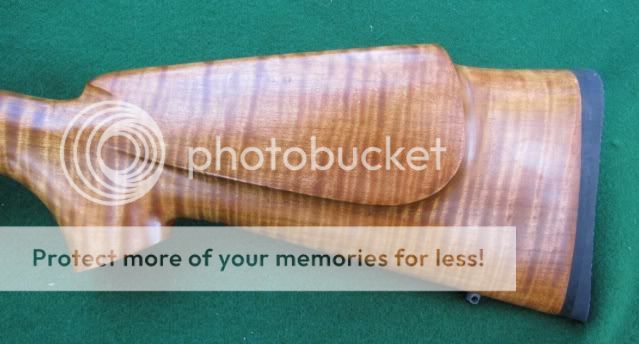While this is an enormous digression (!), naaah. Leo Fender wasn't picking superior pieces of alder or ash and curing them for especially long periods of time when he built his Braodcasters, Teles, and Strats. He was buying whatever he could get inexpensively and then slathering them in automotive paint and managed to make great guitars as fast as he could go. Is a vintage alder and plain maple Strat worth less than a similar vintage mahogany and ebony Gibson? On average, not really.
Now, it is absolutely true that old growth, dense, wood is not as easy to come by today as it once was (for many reasons, though mostly in the US due to the decimation of forests in the industrial age quest to fuel iron furnaces. The best type of mahogany is largely extinct due to the fact that it was cut to fire boilers and steam engines of central and south America). I just don't agree that the wood was
that much better, or that it very much matters (at all, really) to the quality of the guitar. Or that a $28K telecaster (with it's slab body, bolt-on neck, and dumb saddle design) is expensive because of the cheap wood Leo used to build it.
(Ok, Ok, enough guitars. Bad Sam, bad!

)
OR GUN, because we're really talking about guns here!

I never did figure out if that glossy maple stock made my pal shoot clays any better.






